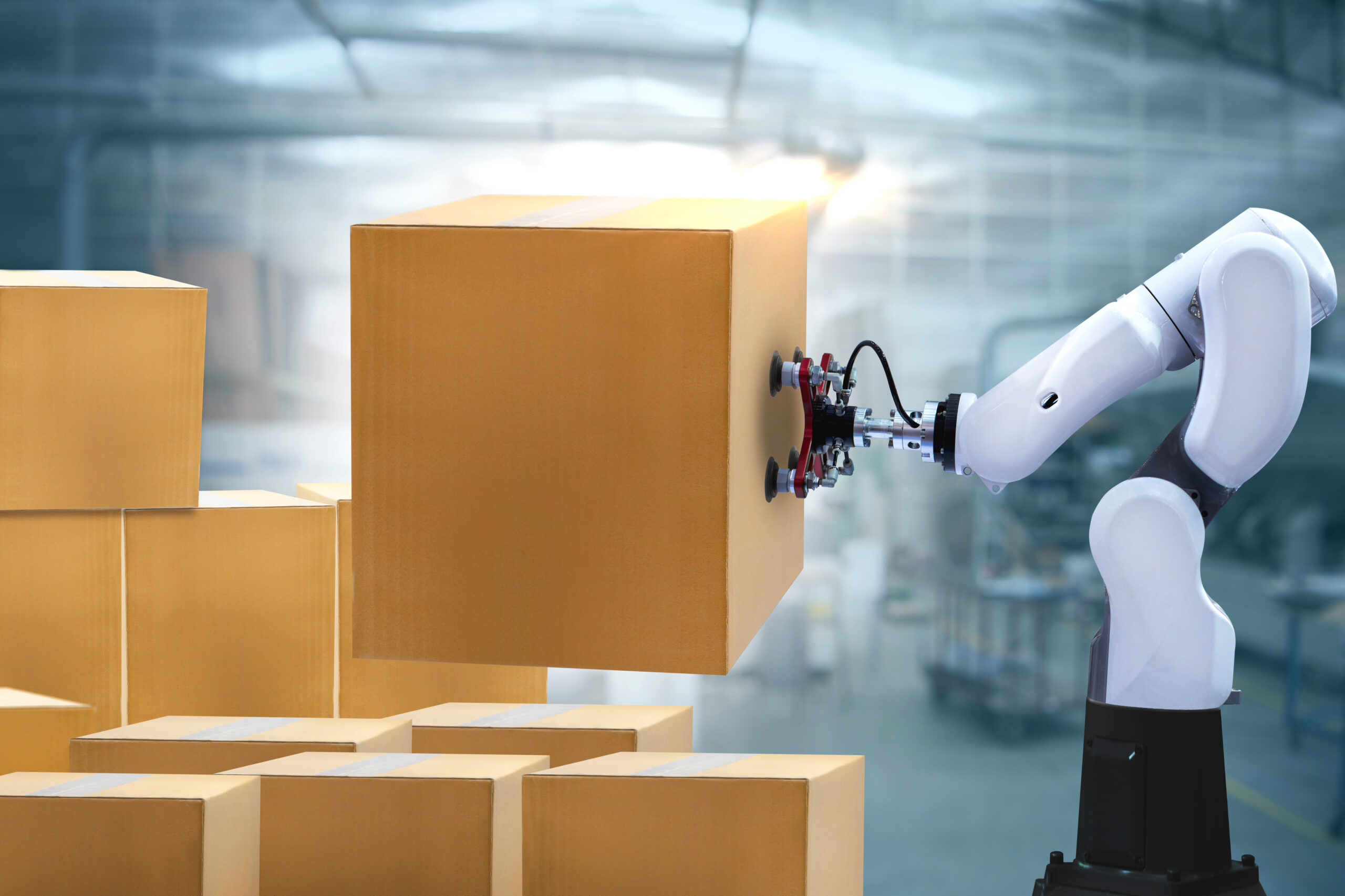
A sustainable future with automation
Everybody’s talking about sustainability. For some it is a clear strategy, for others an extra gain when the company is optimized for other reasons. Sustainable development is moving fast, requirements are becoming more substantial, and the demand for efficient, green companies is growing. Automation can support the green transition – and at the same time have a positive effect on the bottom line.
With automation and optimization of production processes companies can produce far more efficiently. Automation and robotic technology also provide a more consistent production with fewer errors. A review of the production to identify possibilities for optimization will clarify potentially expensive areas and make it clear where optimizing will be beneficial.
How do I implement green solutions in my company?
Naturally, it depends on the industry and type of company, as well as individual prerequisites, how green solutions can be implemented and what effect it has on both the environment and the company’s finances. Odense Robotics and SDU have prepared a report on how robotics can contribute to the green transition (in Danish), in which they have divided the benefits of sustainable production into four overall categories. Often the initiatives will have a positive effect on several areas at once. Automation and robotics can benefit in the following areas:
- Reduce energy consumption – and thus reduce CO2 emissions
- Make optimal use of resources and reduce waste
- Increase the recycling of valuable resources
- Reduce pollution, primarily by using fewer chemicals and other harmful substances
Reduced energy consumption with the use of robots
Did you know that the robot is an energy-efficient piece of equipment in itself? Artificial intelligence (AI) and digitization are constantly improving and can be used, among other things, to monitor your production and identify where optimization may be beneficial.
If you are using robots in the production, it is also possible to monitor them even through remote monitoring. Thereby you will get constant data on the robot’s performance, and it can be adjusted if it is not running optimally. This way, you often reach a reduced energy level while at the same time gain increased production efficiency. Since it can all be managed through remote monitoring and control, there is no need for an operator to be in the same place as the robot. Thus, the saved transport also benefits the environment.
The future is smart
Automation can make the company more efficient and bring both financial and environmental benefits. The technology is constantly developing and improving, while the possibilities are becoming more. The continued development, particularly in AI and high-precision GPS, offers many more opportunities to use robotic technology smarter. This helps companies to support the green transition.
In addition to the immediate environmental benefits of automating the production, robotic technology also offers the opportunity to implement Industry 4.0. With industry 4.0 you can transition to “Smart Factory” using IoT. Thereby all machines, robots, and systems are connected and can communicate and interact with each other. With IoT the machines are made intelligent and through ‘machine learning’ they themselves are able to monitor and analyze data, run automatic processes, diagnose errors, and in some cases even correct potential errors themselves.
Learn more about environmentally friendly production
There are many reasons why companies implement changes to create a more environmentally friendly production. Some are already well underway, and others have not yet started. Regardless of where you are in the process, even small measures can move your company in a greener direction. Once you start the conversion, you quickly discover how it benefits both resource consumption, the working environment, and the bottom line.
Would you like to hear more about automation? You are always welcome to contact us for a non-binding advice on your next step.
